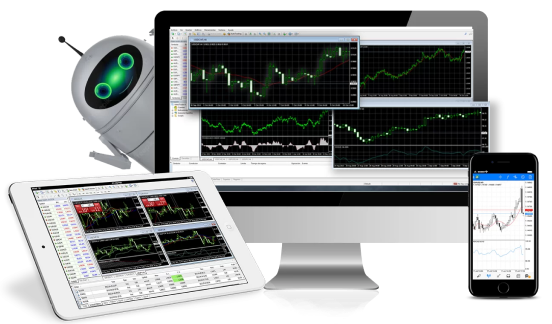Foreign exchange (also known as Forex or FX) is the world’s fastest-growing financial market, worth trillions of dollars every day. It essentially consists of simultaneously buying one currency and selling another.
To make a profit, traders must accurately predict which way currency prices will change. It operates 24/5, beginning on Monday morning in Australia, and ending on Friday evening in the United States.
What are currency pairs?
Forex is always quoted in terms of one currency versus another – known as a currency pair. They are made up of a base and counter currency, and it is a trader’s responsibility to determine who the base will perform against its counterpart.
If the price of a currency pair rises, it is an indication that the base currency is getting stronger (appreciating). Investors will buy, or take a long position, if they believe this is going to happen. Should they think the opposite will happen, they will sell, or take a short position.
Each currency is represented by a three-letter symbol, usually derived from the currency’s home country and the name of its national tender. For example, the Canadian Dollar is CAD, and the Japanese Yen is JPY. The Euro (EUR) is an exception to this rule since the Euro Zone is made up of a group of currencies.
How are pairs displayed?
The base currency is always displayed on the left of a currency pair, with its counterpart on the right. For example, in the EUR/GBP pair, the Euro acts as the base while the Great British Pound is the counter.
Currencies are divided into two categories. Major currencies are from stronger economies, such as the UK, USA, Japan and Euro Zone.
What affects prices?
Many factors contribute to the change in currency prices. These include political events like elections, economic factors such as recessions, or even natural disasters. Social unrest is another potential cause, such as general strikes or terror attacks.
Financial institutions (like the Federal Reserve or Bank of England) can also affect currency markets when they present their monetary policy. Hawkish (positive) sentiments usually drive currencies higher, while dovish (negative) statements do the opposite.



